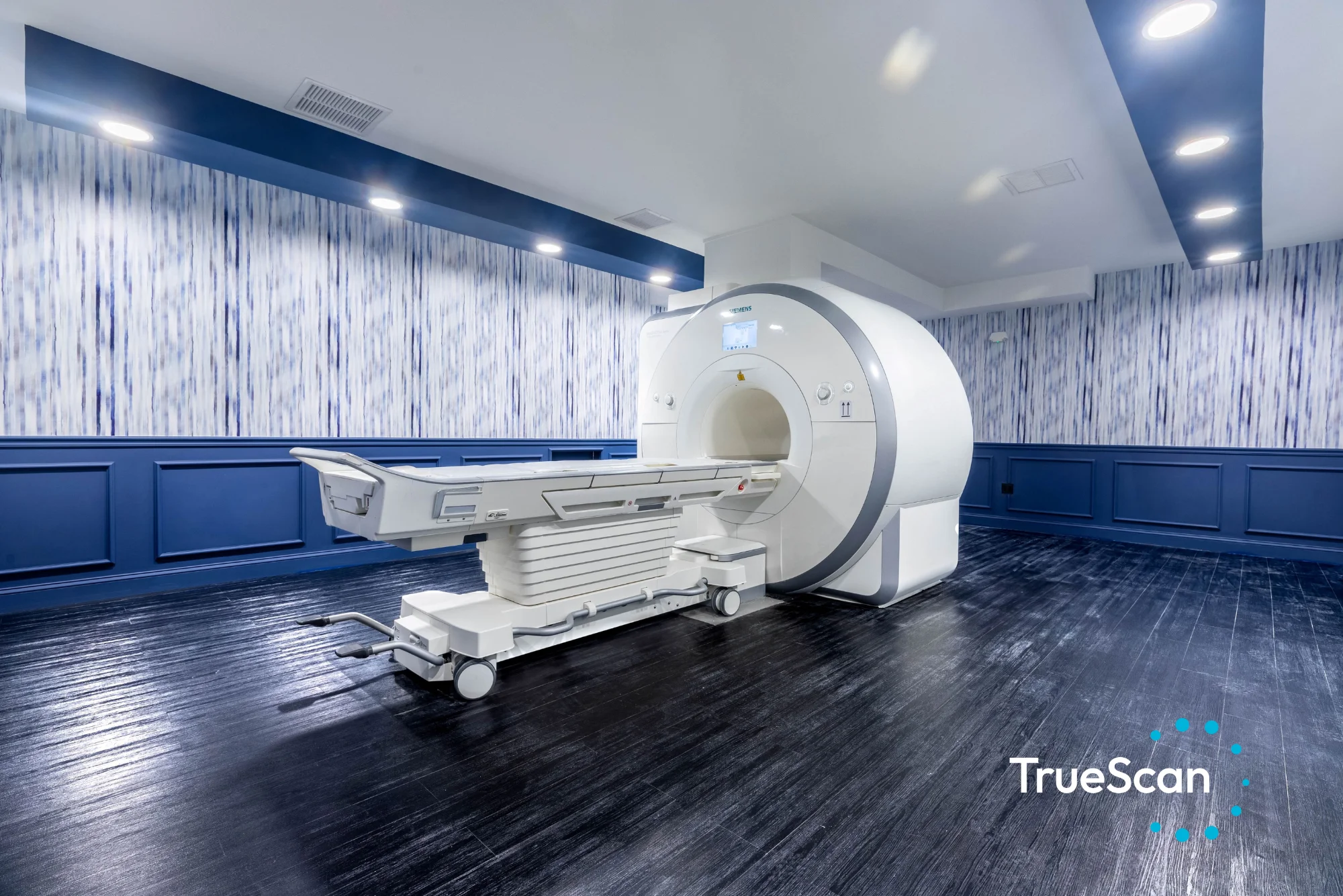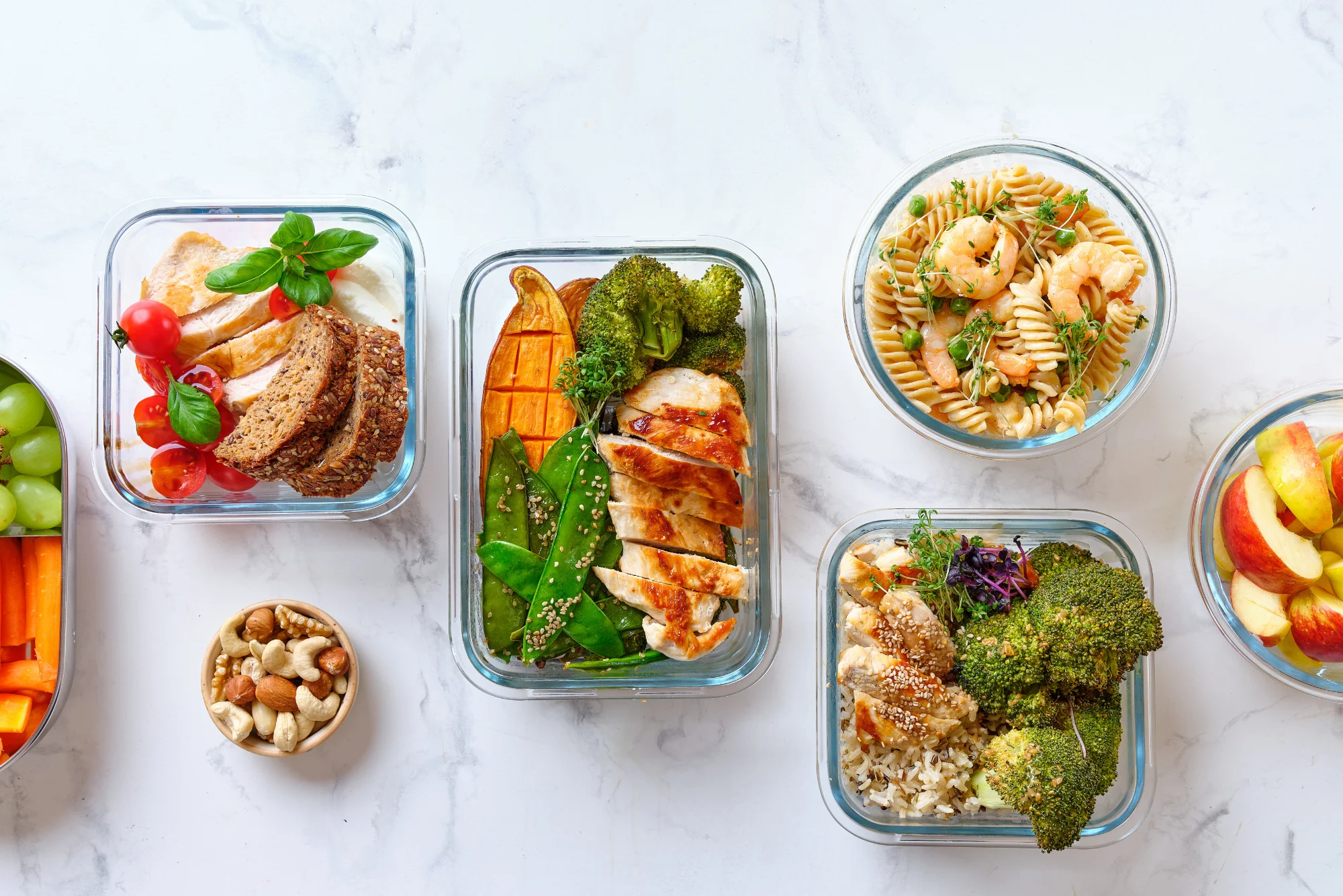
Our physicality changes as we age, and we often lament the slowing of our metabolism. Age 50, particularly, gets everyone’s attention.
By the time we reach 50, our bodies have difficulty building and maintaining muscle mass. In fact, people tend to lose about 30% of their muscle strength between ages 50 and 70. If you think about our hunter-gatherer forebears, it makes sense that as their ability to seek out food declined, their bodies compensated by storing fat more easily. In the age of supermarkets and abundant food, though, this can be a frustrating change.
Muscle mass is incredibly important. Muscles power the movements and processes of our bodies, leading to better balance, fewer injuries, and increased longevity. They help keep our postures strong and support a good quality of life through everyday tasks like driving, walking, or opening a jar. And they’re rocket fuel to our metabolisms.
For this reason, we like to focus on maintaining a healthy muscle mass in our older patients, rather than fat loss. More muscle equals more metabolism. So if you want to know how to boost your metabolism after 50, building and maintaining muscle is the trick.
What Symptoms Indicate a Reduced Metabolism?
Increased fat storage. Increased fat storage is probably the most obvious symptom of a reduced metabolism. It’s your body’s way of preparing to survive off of limited food resources.
However, most Americans don’t experience a dramatic decrease in food access with age. And a slowed metabolism along with the same amount of food results in increased fat storage.
Decreased muscle mass. Fat tends to be the antithesis of muscle. As the fat-storage switch gets turned on, the muscle-building switch shuts off — and vice versa. It’s an increasingly difficult battle to keep these switches tuned to the right levels as we age.
As you lose muscle mass, you lose strength. You can’t lift as much, run as fast, or jump as high as you did before. And if you try, you could injure yourself.
Fatigue and brain fog. As your metabolism slows down, you don’t process food into nutrients and energy as quickly, which can result in fatigue. You might also notice you don’t feel as sharp as you once did. You’ve gained the wisdom that comes with age, but you’re having a harder time spitting it out!
How to Boost Your Metabolism After 50
Just because aging has slowed your metabolism doesn’t mean there’s nothing you can do about it. There might not be any 50+ NBA All-Stars, but plenty of people have taken steps to dramatically boost their metabolism after 50.
Below are some of our favorite, time-tested tips anyone can implement at any age.
Tip #1: Keep the Muscle Switch On
You’ve probably heard the saying, “Use it or lose it.” This absolutely applies to muscle mass. It’s easy to stop exercising our muscles as we age, and it’s a major factor that contributes to muscle loss. The muscle switch turns off, and the fat switch turns on.
To keep that muscle switch in the right position, we have to intentionally engage our muscles daily. This involves putting some infrastructure in place in our daily lives. We may not forget to eat or sleep each day, but we forget about engaging our muscles if it’s not incorporated into the routine of everyday life.
This might look like a twice daily walk, or pickleball with a friend. Since the heat here in Tampa often makes outdoor activities intolerable, you might try joining a gym, swimming laps regularly, or streaming Peloton workouts at home.
With muscle maintenance, sustainability is key. Only consistent engagement can build and maintain muscle. Find the type of engagement that works for you and weave it into your routine for the long term.
Tip #2: Activate Muscle With Protein
Protein is the building block of muscles, so it’s important to be sure you’re getting plenty of it. You won’t need the same quantities as, say, a bodybuilder, but it will take some conscious effort to incorporate muscle-supporting amounts into your diet.
As a general rule of thumb, try to consume 50–100% of your lean body mass in grams of protein for muscle maintenance and growth. You can find your lean body mass (total body weight minus body fat) through body composition tools like InBody, which we have available to all GCM members in our office.
Because some medical conditions require a restricted protein diet, we recommend checking with your physician about what’s healthiest for your body.
Tip #3: Avoid Foods That Activate Fat and Inflammation
Certain macronutrients activate fat storage in the body, which is the kryptonite of muscle. By far, the main culprit here is sugar. Sugar without exercise is fat fuel. We say “without exercise” because working your muscles can use up that sugar instead of letting it get stored as fat. So if you occasionally want to indulge in something sweet, the key is to make sure you move your body afterward.
Sugar also promotes inflammation, which manifests as soreness and just not feeling good. And when you’re hurting, it’s even harder to work out. Keeping your sugar intake to a minimum is a great way to help kick the cycle of fat storage and jumpstart a new routine.
Tip #4: Know When to Ask for Help
Sometimes people need a boost to get their metabolisms back on track after 50. If you’re eating enough protein and regularly exercising without seeing the results you expected, you don’t have to keep plugging away on your own. Speak with your physician about what options for assistance might be right for you.
For example, testosterone therapy can help some people lose stubborn fat and develop muscle when it seemed impossible before. In other cases, new medications like GLP-1 agonists, which help turn off fat storage, are proving beneficial.
Tip #5: Find Support From Peers and Family
We love it when families and friends pursue health together.
Working out in groups can be an incredible motivator to help keep you moving. A good support group not only makes exercise more fun, it also holds you accountable and makes you more likely to exercise regularly.
Sharing dietary and fitness goals with a group can help with accountability and sticking with your plan. Whether it’s participating in a weight-loss challenge at work or training for a 5K with your kids, positive community support can be an important ingredient in sustainable metabolic success.
Tip #6: Don’t Skimp on Sleep
In the midst of tips about diet and exercise, you might not expect to find sleep on a list of ways to boost metabolism after 50. But sleep is far more important than it often gets credit for.
Especially when you’re actively trying to build muscle, your body needs adequate time to recover from workouts. And recovery happens during sleep. Sleep facilitates digestion, so you get the muscle-building nutrients you need, and hormone regulation, so your body’s systems function properly.
Tip #7: Reduce Stress
Stress, especially constant stress, takes quite a toll on the body, and it can sabotage your attempts to improve your metabolism. The stress hormone cortisol, for example, tells your body to store fat instead of burn it, and staying in constant overdrive can leave you feeling too worn out for much exercise.
Tip #8: Drink Plenty of Water
We all know we should drink more water, but it can be surprisingly difficult to accomplish. However, some studies show that drinking more water, especially cold water, can help boost metabolism and weight loss.
Tip #9: Don’t Smoke
This last tip might seem a little out of left field, but smoking affects everything. In relation to building and maintaining muscle, smoking damages the lungs and causes one out of every four cardiovascular deaths. It’s tough to work out when you’re short of breath and have heart disease.
You Can Boost Your Metabolism After 50
We can’t stop aging, but we can do something about aspects of the aging process. These nine tips give you the tools to boost your metabolism after 50, or 60, or beyond. You don’t have to try all nine at once. Choose one or two to start with and add others as you get comfortable with your new routine.
And of course, we’re always ready to talk with our members about ways to help boost your metabolism and keep your muscles healthy and strong.




